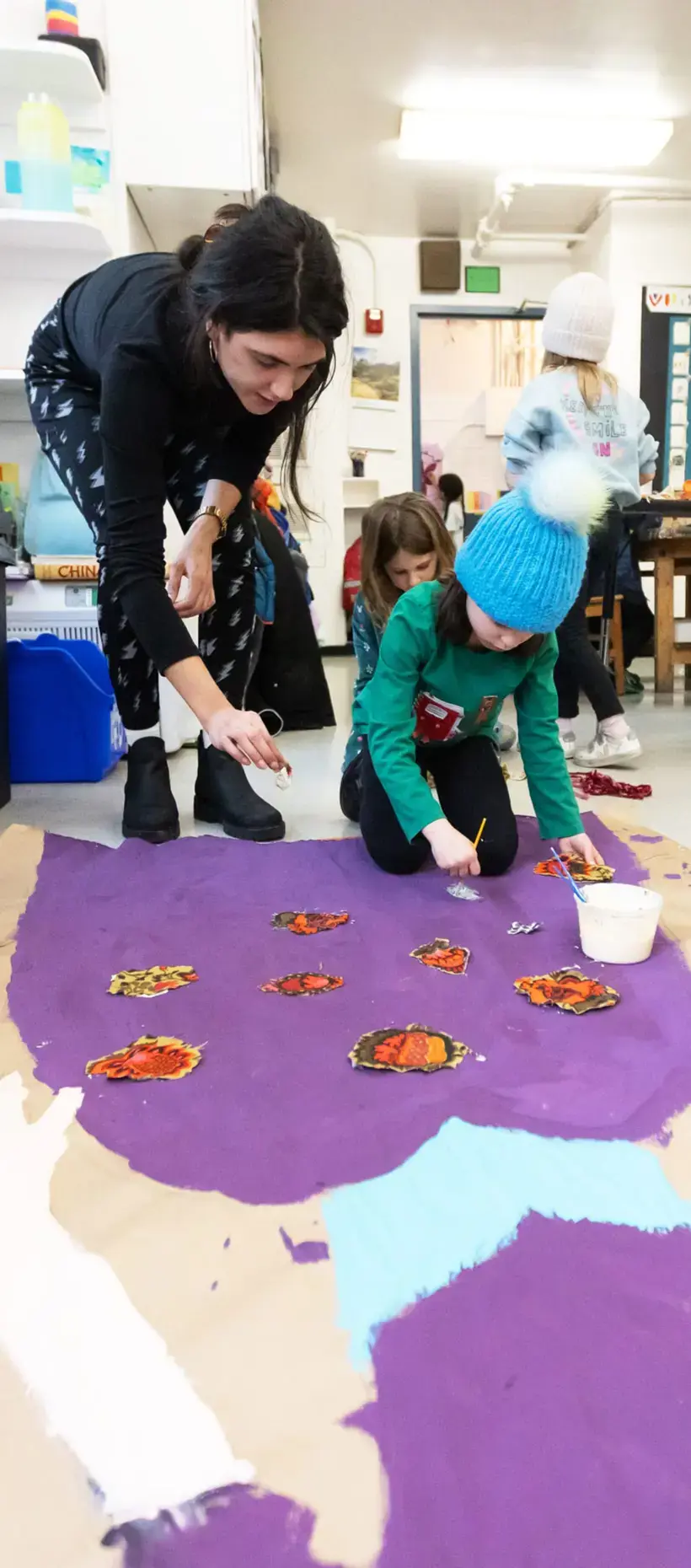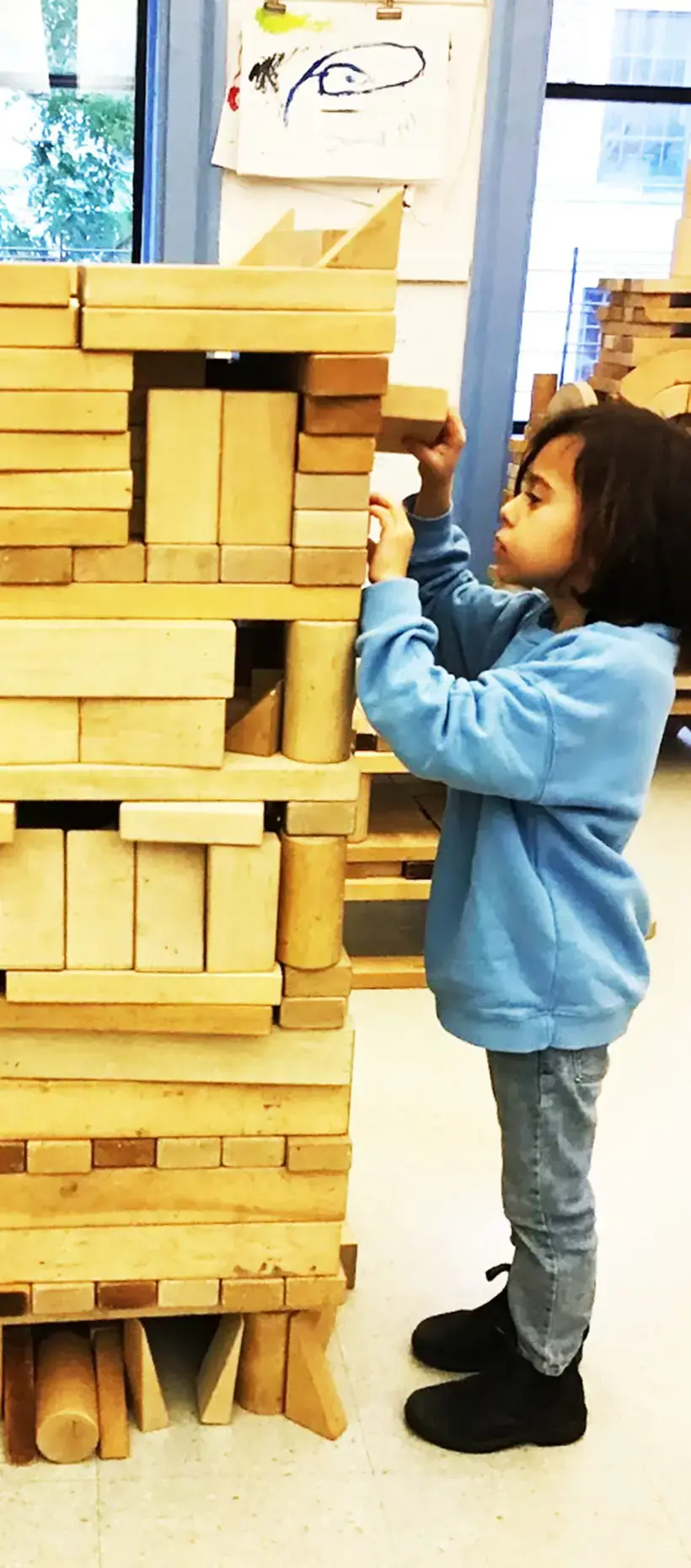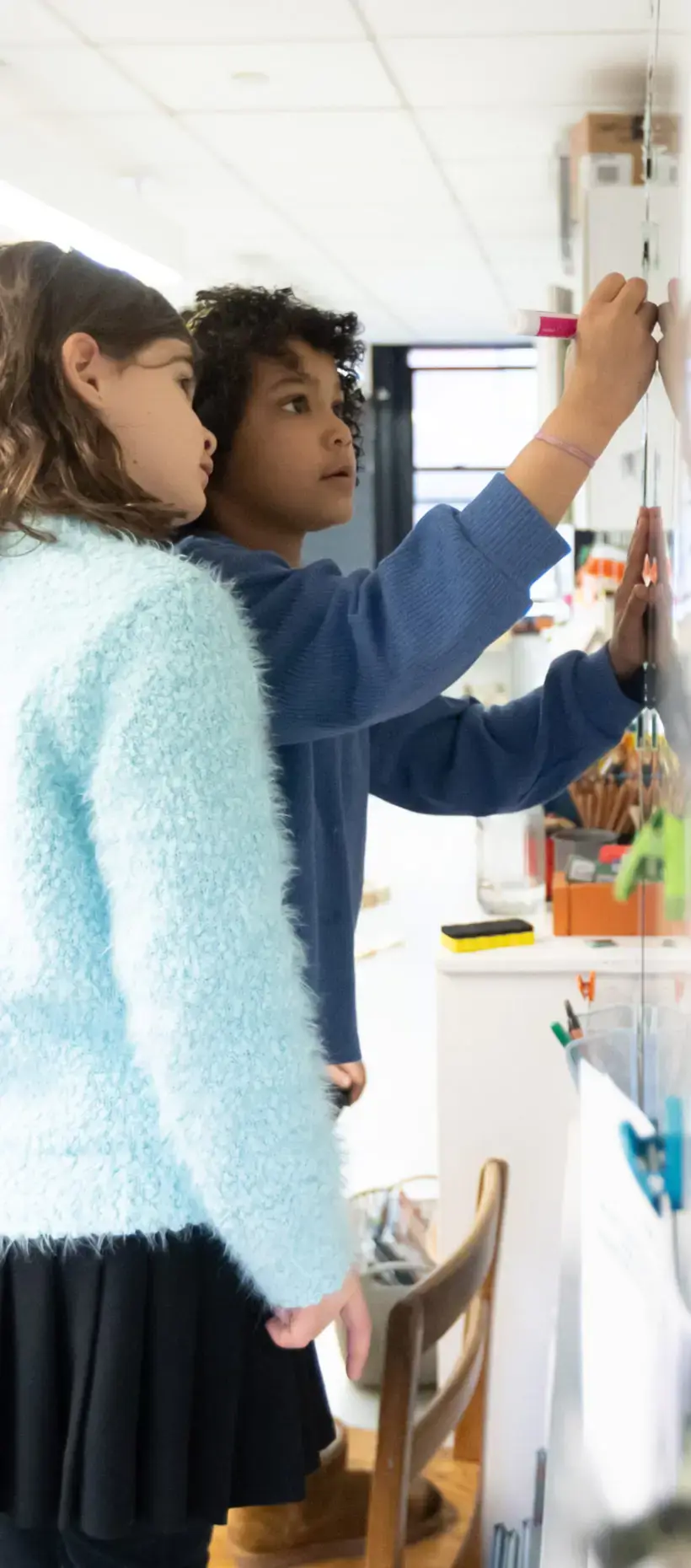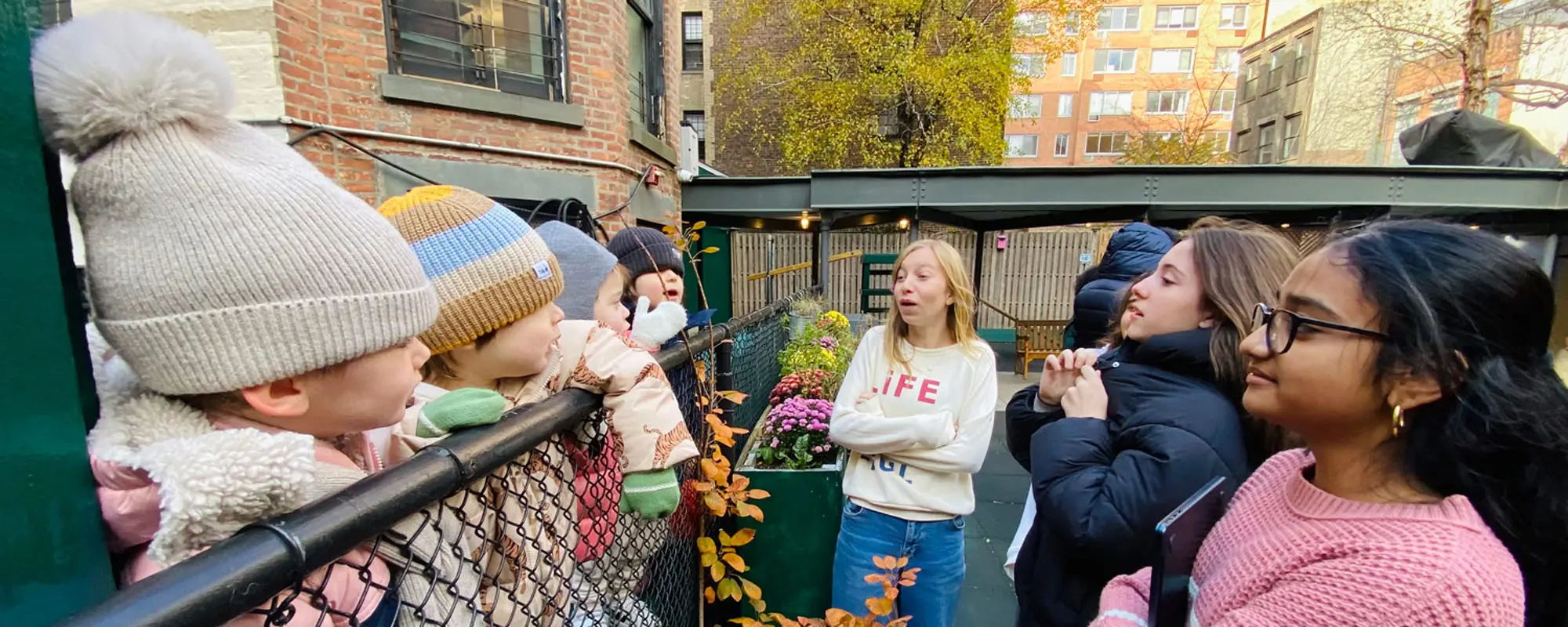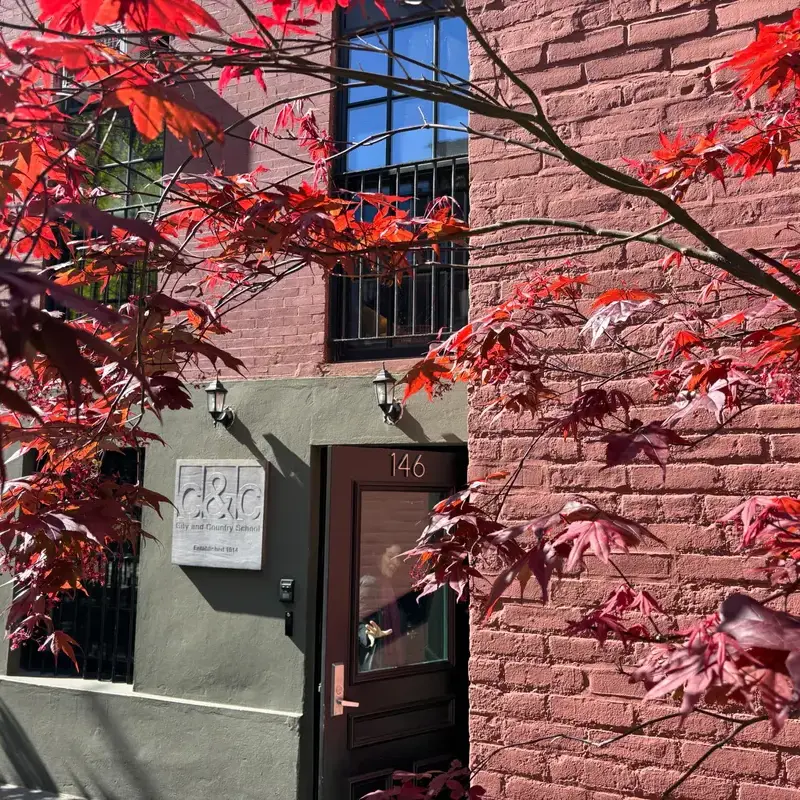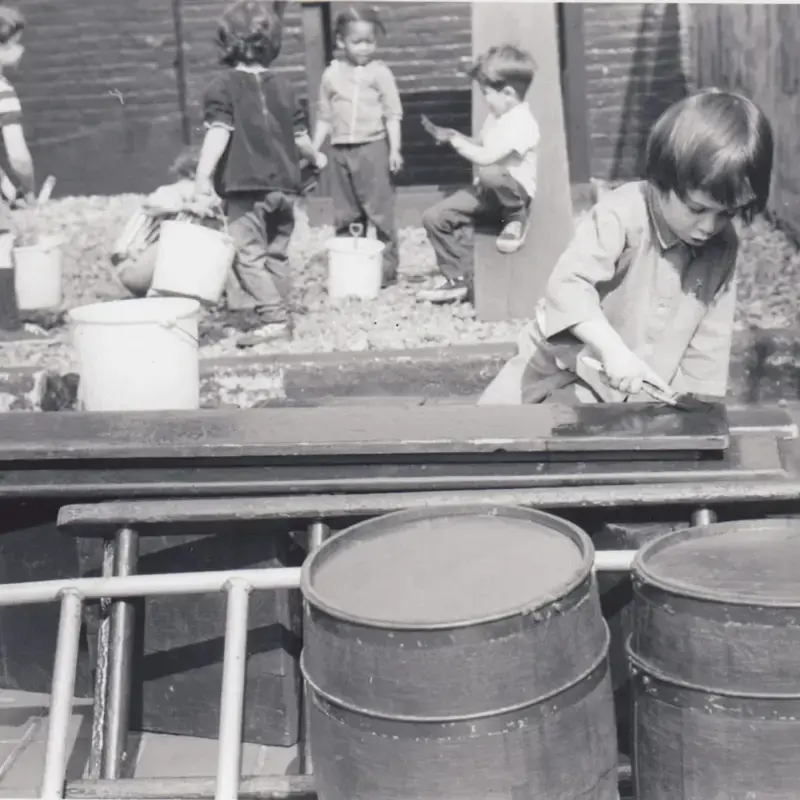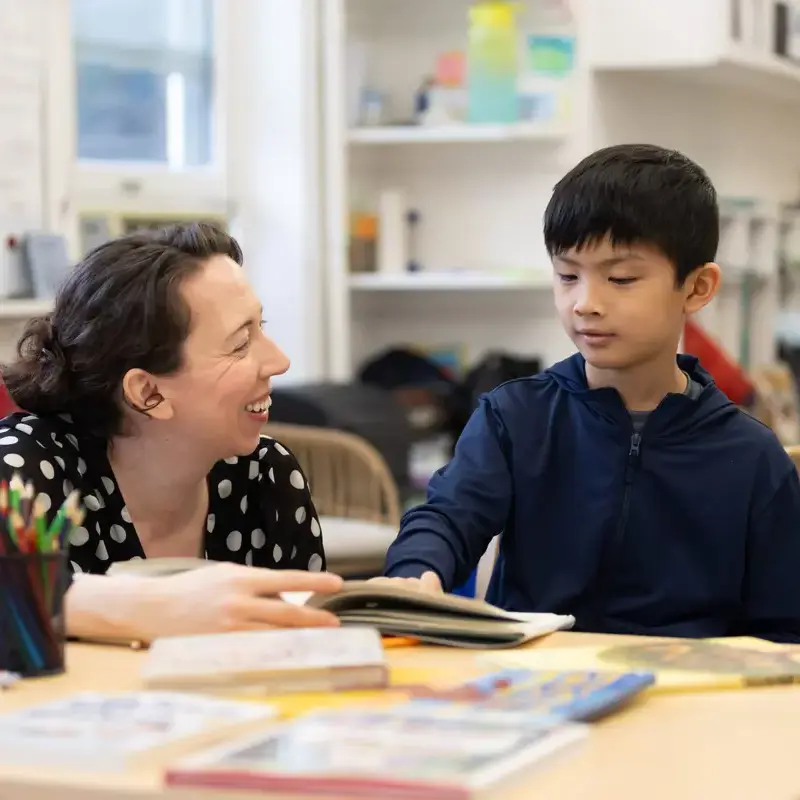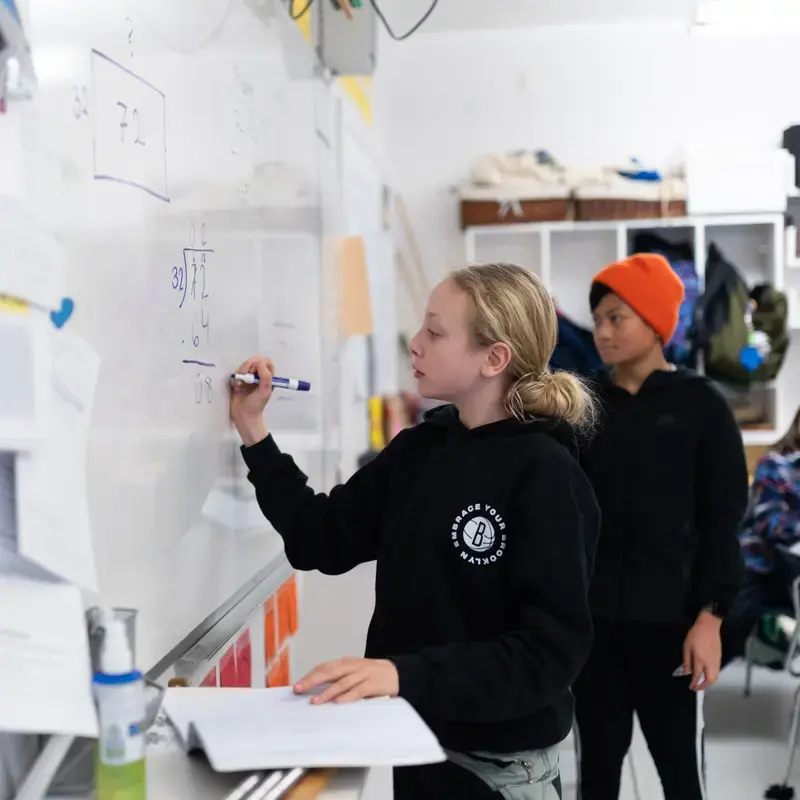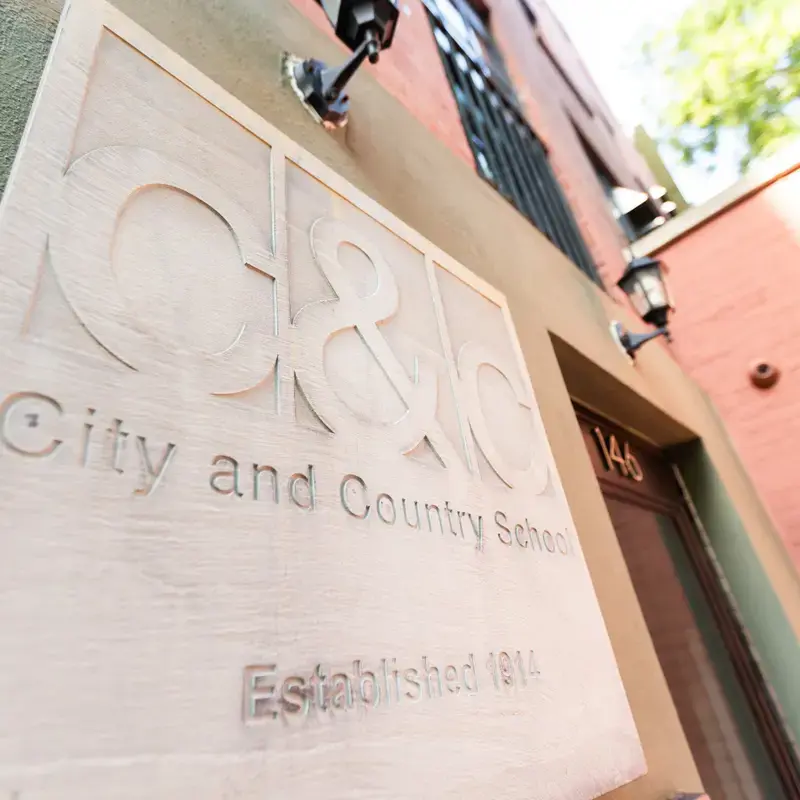From Brushstrokes to Self-Advocacy
By Steph Levee, Director of Learning Support
At City and Country School, growth is visible in every brushstroke, question, and conversation. From their first moments of discovery to their final year, students are known deeply and supported thoughtfully—learning to understand themselves as learners and as people.
This is my fifth year at City and Country. I spent my first four years as a Xs–XIIIs learning specialist and now serve as Director of Student Support for IIs–XIIIs. I oversee the learning specialists across each division and work alongside the school psychologist to support students, families, and teachers. Throughout the day you can find me in classrooms, teaching XIIIs APL (which helps our upper schoolers understand themselves as learners and build testing skills) and the high school prep class, and meeting with student support teams across the school. Our goal is to ensure that every child gets what they need to feel successful.
Witnessing Growth Across the Years
One of the most extraordinary aspects of a C&C education is watching children grow in such intentional, connected ways—from their earliest explorations to their confident voices as self-advocates.
 In the IIs, children paint for the first time—exploratory brushstrokes on paper, discovering color and texture. It’s the beginning of creative expression, where curiosity leads and adults observe. By the XIIIs, they’re using graphic design tools to create the cover of the school newspaper—proof that the same creative spark, nurtured over years, becomes a vehicle for communication and leadership.
In the IIs, children paint for the first time—exploratory brushstrokes on paper, discovering color and texture. It’s the beginning of creative expression, where curiosity leads and adults observe. By the XIIIs, they’re using graphic design tools to create the cover of the school newspaper—proof that the same creative spark, nurtured over years, becomes a vehicle for communication and leadership.
In the IIIs, children read stories and make their first personal connections: "I also call my Dad, papa!" By the XIIIs, students read Black and White by Howard Zinn, annotating the text with sophisticated analysis:
"When whites and blacks found themselves in the same situations they viewed each other as equal" (pg 33). It's not just "oh you are different from me so that's what makes you bad". It's not the color of someone's skin that causes hate, it's what the color or difference of someone and what that represents. That they stand on different ground than you, that they are separate because of it. That's the scapegoating of skin color, religion, sex etc. to criminalize groups, and we still see that today.
That’s the power of progressive education in practice—each year layering deeper awareness, empathy, and the ability to see the world critically and compassionately.
In the IVs, children are excited about their daily jobs and their increas ed sense of independence. Those early routines build confidence, accountability, and pride in their contributions. By the XIIIs, that same foundation evolves into a powerful sense of responsibility for their own learning.
ed sense of independence. Those early routines build confidence, accountability, and pride in their contributions. By the XIIIs, that same foundation evolves into a powerful sense of responsibility for their own learning.
They know, from their years at City and Country, how to advocate for themselves. Recently, a XIII working on a high school application essay wrote:
Hi Steph,
I finished the intro for the essay and will keep working on it throughout the day, but I was wondering if you could hold off on giving me comments related to the writing aspect of it so I can try to revise later? I totally want comments on structure and stuff like that, but I'm trying to work on editing my own work and making it more clear, so I was wondering if we could do that?
This message captures the essence of what makes City and Country students exceptional: they know themselves as learners, take initiative, and approach growth with confidence and curiosity.
It is what City and Country students become—learners who know themselves, understand what they need, and aren’t afraid to ask for it. It’s learning that lasts and creates a foundation for life.
